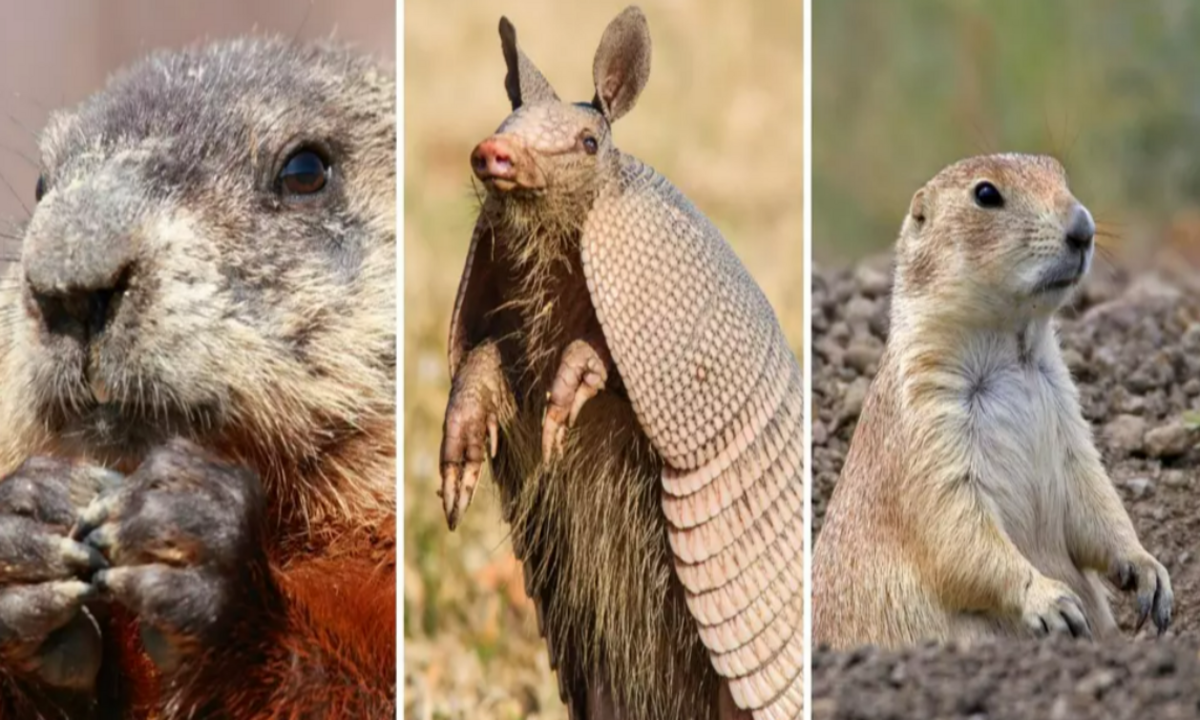Every year on February 2nd, Americans take part in a quirky tradition that claims to predict the weather. The event, known as Groundhog Day, centers around a simple idea: If a groundhog sees its shadow when emerging from its burrow, there will be six more weeks of winter. If not, spring will arrive early.
The most famous groundhog in the U.S. is Punxsutawney Phil, a Pennsylvania-based weather predictor with a long history of forecasting. In 2025, Phil saw his shadow, signaling that winter will linger for another six weeks. But Phil isn’t the only animal in the game—especially in Texas, where different creatures step up to offer their own forecasts.
Texas’ Unique Approach to Weather Prediction
While most of the country follows Punxsutawney Phil, Texas has its own set of animal forecasters. The Lone Star State embraces a different tradition, relying on Bee Cave Bob, an armadillo, instead of a groundhog. According to his prediction this year, Texas can expect an early spring, contradicting Phil’s forecast.
But Texas doesn’t stop at just one animal forecaster. The state also has Big Al, an alligator from Beaumont, who takes part in the Groundhog Day festivities. Unlike Phil or Bob, Big Al’s prediction isn’t based on shadows—it’s determined by his movements and behavior. In 2025, Big Al also hinted at an early spring, giving Texans more reason to look forward to warmer days ahead.
A Breakdown of 2025’s Animal Predictions
Here’s how the forecasts played out this year:
Punxsutawney Phil (Pennsylvania) – Saw his shadow: Six more weeks of winter
Bee Cave Bob (Texas) – No shadow: Early spring
Big Al (Texas Alligator) – Behavior indicates: Early spring
With a 2-to-1 split, Texans may be hopeful for warmer weather, but the rest of the country might be bundling up for a longer winter.
How Accurate Are These Animal Predictions?
Despite the fun and excitement surrounding Groundhog Day, animal-based weather predictions are far from scientific. Studies have shown that Punxsutawney Phil’s accuracy rate is around 40%, meaning he gets it wrong more often than right.
On the other hand, Texas locals argue that Bee Cave Bob is more accurate than his Pennsylvania rival. While there are no official records to back this claim, many Texans believe Bob’s forecasts have been more reliable in recent years.
Big Al, the alligator, adds another layer of fun to the tradition, but his predictions are based more on behavioral patterns than a shadow-based approach. Alligators are known to react to seasonal changes, so some believe that Big Al’s movements could be a more natural indicator of upcoming weather.
The Cultural Significance of Groundhog Day
While Groundhog Day may not be the most scientific way to predict the weather, it remains an important cultural event. The tradition dates back to the 1800s, with roots in German folklore. Over time, it has evolved into an annual spectacle that brings communities together in a lighthearted way.
For Pennsylvania, Punxsutawney Phil is a local celebrity, drawing thousands of visitors to the small town of Punxsutawney each year. The event is covered by national news, and even Hollywood has paid tribute—most famously in the 1993 movie Groundhog Day, starring Bill Murray.
Texas, on the other hand, adds its own twist to the tradition. The use of animals like Bee Cave Bob and Big Al reflects the state’s independent spirit, proving that Texans love to do things their own way.
Final Thoughts: Who Should You Believe?
So, will winter stick around for six more weeks, or is spring on the way? The answer depends on which animal forecaster you trust.
If you believe in tradition and national recognition, Punxsutawney Phil’s forecast suggests a longer winter.
If you trust Texas’ independent weather forecasters, Bee Cave Bob and Big Al are hinting at an early spring.
Either way, Groundhog Day remains a fun and entertaining way to welcome the changing seasons. While the forecasts may not always be accurate, they add a sense of excitement to an otherwise cold winter day.
Disclaimer—Our team has checked this article to ensure its accuracy and eliminate any misinformation. We are committed to providing clear and reliable information for our readers.


